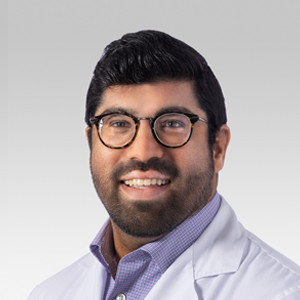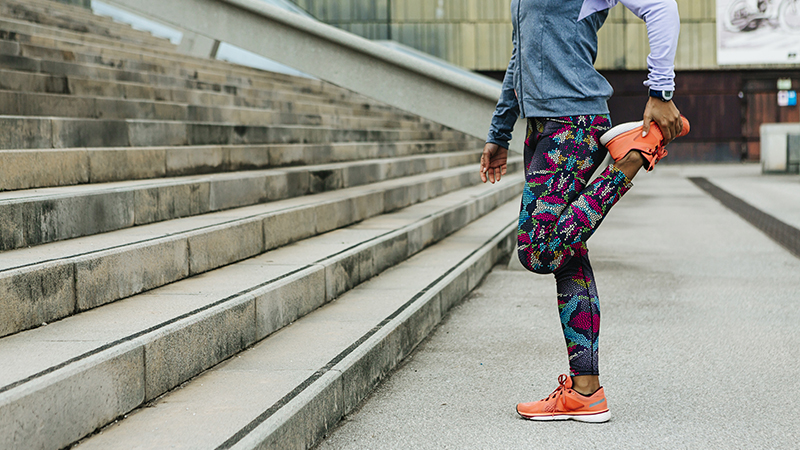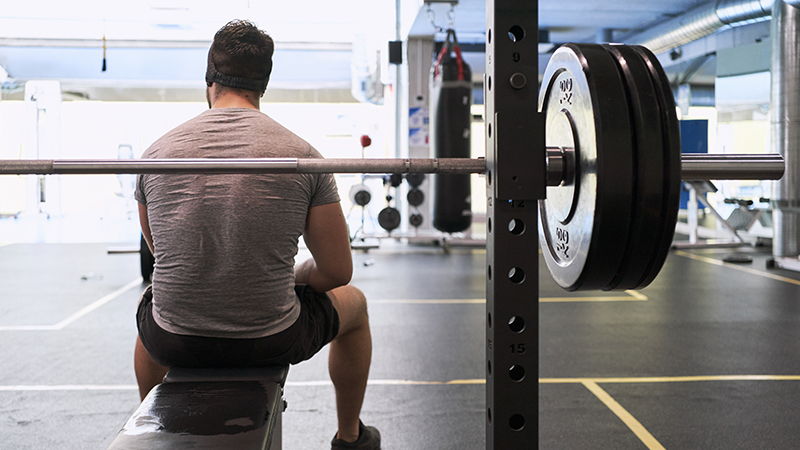A Parent's Guide to Sports Injuries
How to Prevent, Recognize and Respond to Injuries in Your Young Athlete
Updated March 2024
Whether deep in competition or conditioning in the off-season, parenting a young athlete is a yearlong routine. In the event of an injury, your child can face incredible pressure to return to play.
“Young athletes can be eager to get back to playing, but rushing back too soon can trigger new injuries or delay healing and prolong recovery,” says Hanit U. Shah, MD, medical director and sports medicine physician at Northwestern Medicine Orthopaedics Same-Day Injury Care Warrenville, which offers adults and children 12 or older same-day appointments for orthopaedic and sports-related injury care.
Most Common Injuries
Overuse injuries can lead to a decrease in quality performance.— Hanit U. Shah, MD
According to Dr. Shah, young athletes commonly experience two types of injuries: acute and overuse due to repetitive activity like throwing, running or jumping. Proper conditioning, technique and equipment are a few ways to reduce the risk of injury.
Young athletes are at greater risk for growth plate injury, also known as Salter-Harris fractures. The growth plate is the cartilage at either end of the bone and is more vulnerable to injury due to its softer and weaker composition before it hardens into mature bone.
Acute Sports Injuries
Acute injuries are instances of sudden trauma from a collision or a fall. These may be as minor as contusions and sprains or as serious as concussions and fractures.
Concussions are considered traumatic brain injuries that occur when an impact to the head or body causes the brain to move rapidly within the skull. Same-day return to play is not recommended. For evaluation as well as the management and treatment of long-lasting symptoms, you may want to consider visiting a specialized care center.
Chronic Overuse Injuries
Overuse injuries often occur in muscles, ligaments, tendons and growth plates that have been repetitively used. Common examples are injuries of the shoulder from swimming, elbow from overhand pitching, wrist from gymnastics and shin splints from running. Returning to play too soon can increase an athlete’s likelihood of an acute injury.
“Overuse injuries can lead to stress fractures, but these types of injuries can typically be avoided,” says Dr. Shah. For parents of children who are pitching in baseball, Dr. Shah recommends reviewing Major League Baseball’s Pitch Smart guidelines.
Athletic Injury Prevention
Your young athlete can reduce the risk of injury through proper training and equipment. Consider these tips to keep your child healthy and active year-round:
- Gradually increase activity and fitness level if your child is trying to enhance their skill level or build athleticism during the off-season. If you are unsure how to help your child do this, consult a medical professional to avoid increasing the chance for injury.
- Practice proper technique and good sportsmanship.
- Use proper and fitted equipment including shoes and safety gear. Always consult an expert if you aren’t sure, which can be a physician, athletic trainer or physical therapist.
- Early sport specialization puts young athletes at a higher risk for getting injured. “A general rule of thumb is that the number of hours per week spent in training for a single sport should be lower than the athlete’s age,” says Dr. Shah.
- Take breaks from a main sport throughout the year to develop alternate skills and vary muscle use. Playing multiple sports increases gross motor coordination, decreases overuse injury and leads to overall physical, mental and emotional well-being and better performance.
- Although it is good practice to incorporate a variety of activities throughout the year, it is highly recommended that your young athlete does not participate in more than one sport each season. “Overuse injuries can lead to a decrease in quality performance,” says Dr. Shah.
Playing sports should be fun. While injuries can happen along the way, proper treatment can help your child get back to doing what they enjoy.






